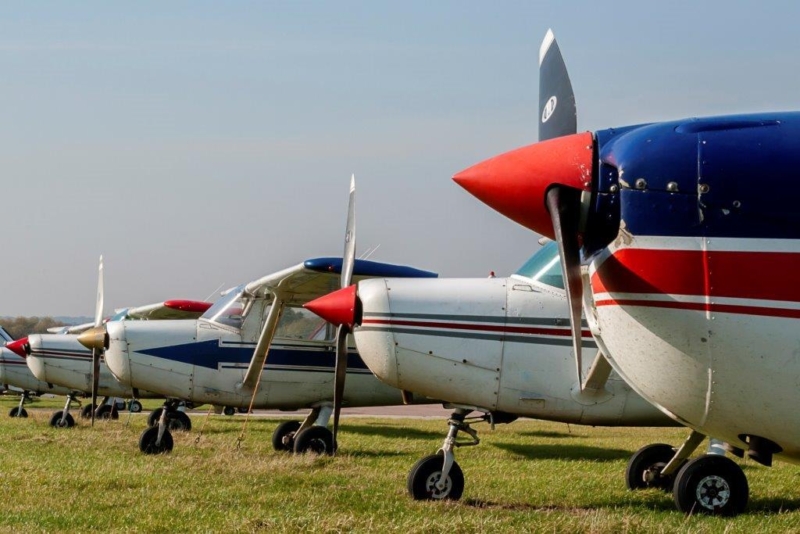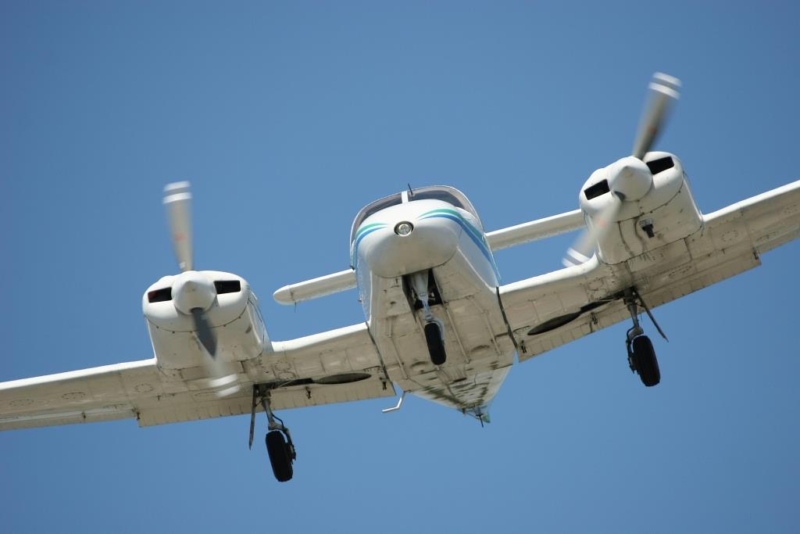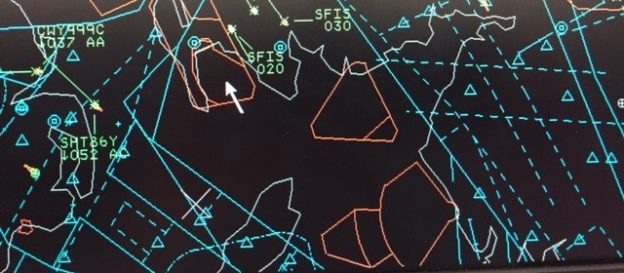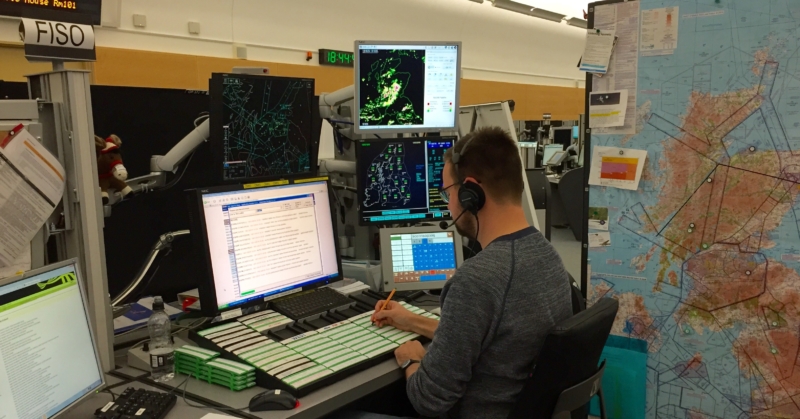Phone a friend: NATS FISOs are on hand to help
23 June 2017Both London and Scottish Flight Information Services (FIS) provide assistance to General Aviation (GA), Military and Commercial Aircraft within the Class G airspace, outside of controlled airspace, covering the whole of the UK. Pilots don’t have to call and use the service, but here’s some information on why we think you should consider it….
Flight Information Service Officers (FISOs) provide a Basic and Alerting service for GA pilots outside Controlled Airspace (CAS), as well as assistance to commercial air traffic who may require routine information or airfield meteorological information from TAF’s and metars. You can also just call for information without being given a Basic Service.
London FISOs based at NATS’ Swanwick control centre work the London FIR below FL195 (flight level 19,500ft) 24 hours a day.

The Scottish FISOs are based at our Prestwick Centre and look after the Scottish FIR between 08:00 -20:00, local time, up to FL55 (roughly up to altitude 5,500ft). Outside these times and levels the service is provided by air traffic controllers on other sectors.
FISOs do not use radar-based surveillance, they rely on the information pilots give them to help form a traffic ‘picture’ and utilise a 1:500k VFR chart. There is no FIS flow control or traffic level prediction tools, just a weather forecast and a calendar. A diary of air shows, ‘fly ins’ and airfield events helps to foresee those potentially active times.
Under a Basic Service a FISO’s role is to assist pilots in navigating a safe flight. While they don’t give you any executive instructions, or tell you what heading or altitude to fly at, they are there to give you information and assist you. This could be anything from letting you know of parachuting activity, search and rescue operations, temporary danger areas or significant weather that you weren’t aware of in your pre-flight checks.
FISOs may be able arrange a shortcut through a danger area that’s notified as in(?)active, or obtain a clearance for you into controlled airspace, but they can only do this for those pilots who have checked in with them.
When you receive a service from London or Scottish Information you’ll be asked for your callsign, aircraft type, position, altitude and routeing, and then asked to squawk ‘conspicuity 1177’ for London or ‘7401’ for Scottish. As a non-radar service, this squawk isn’t primarily for the benefit of the FISOs; it informs all the radar units across the London and Scottish FIR that you are talking to Flight Information.
Quite often, a radar unit will contact Flight Information to ask for a transfer of the 1177 or 7401 squawk on their frequency to provide local traffic information. Sometimes, if you’re flying close to controlled airspace, radar units can quickly contact Flight Information to confirm that your routing is not going to interfere with their traffic.

If you are talking to Flight Information and have infringed controlled airspace, or an active danger area, then the FISOs can help you to safely manage the situation by quickly co-ordinating with the relevant Airfield or Control Centre. They have direct phone lines to every adjoining London and Scottish control sector, and every major airfield, plus many of the minor airfields too.
Hopefully the next time you fly you will consider calling. London Information is available on 124.6mhz, 124.750mhz or 125.475mhz depending on the area in which you are flying. Scottish Information is available on 119.875mhz.
For more information:
https://nats.aero/blog/2015/11/what-is-a-fiso/
https://nats.aero/blog/2016/04/why-ga-pilots-should-talk-to-atc/
https://nats.aero/blog/2017/06/lower-airspace-radar-service/
Comments
Please respect our commenting policy and guidelines when posting on this website.




29.08.2018
11:29
Jon Blake
Very interesting! How come FISOs do not use radar-based surveillance? Is there an advantage in having it?